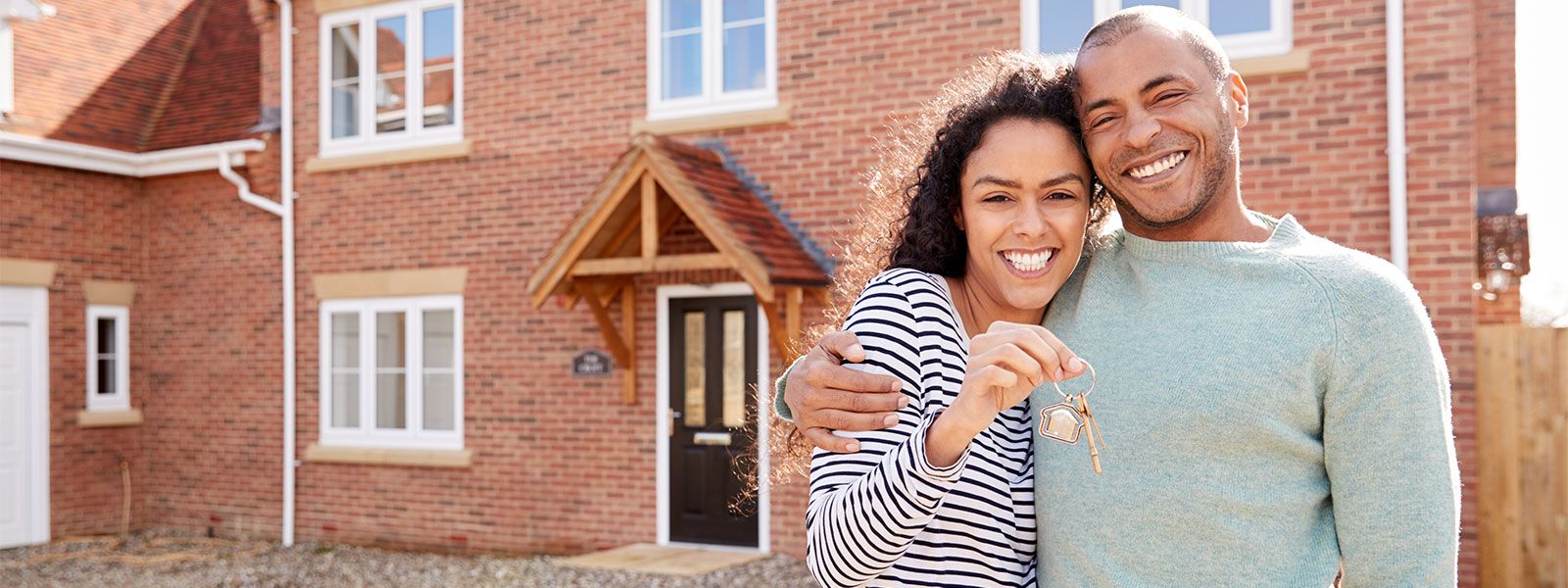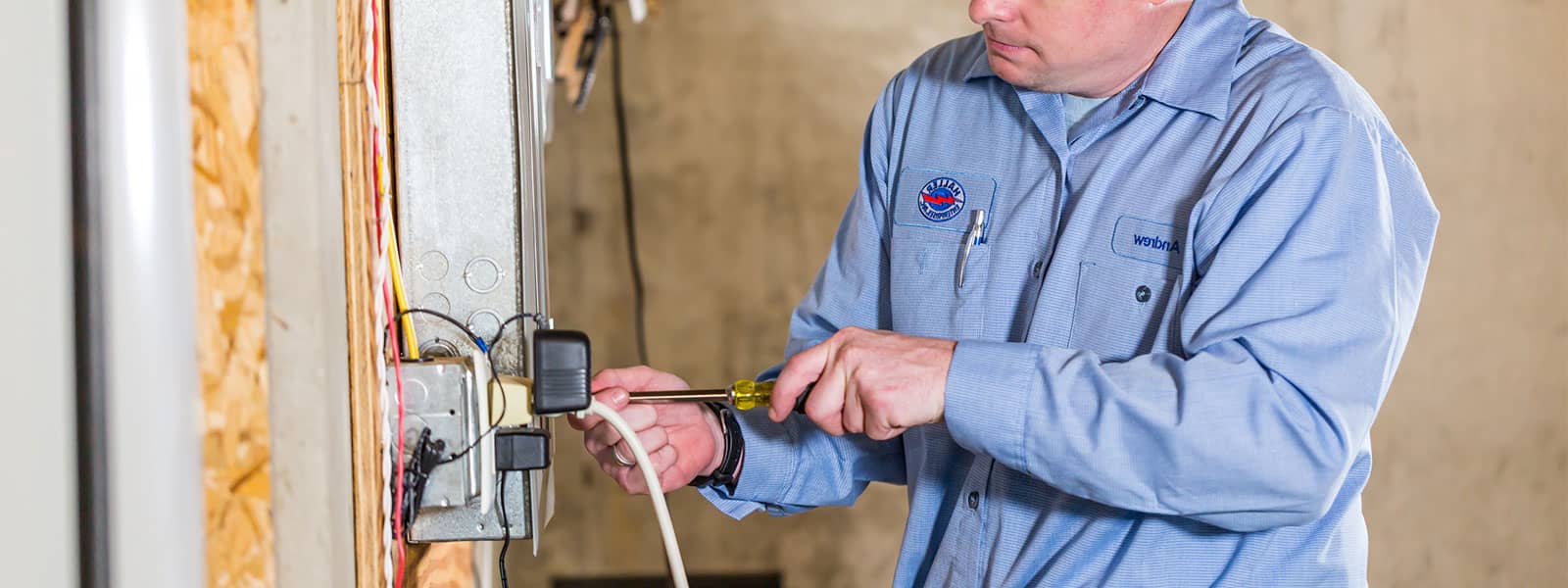Buying a home is almost never a simple process. When you’ve never purchased a new house before, it’s easy to overlook important things. With countless listings available online and multiple showings to visit, it can be difficult to keep everything straight.
You need to get organized and approach home buying from a methodical standpoint. After all, buying a home is the biggest investment you’ll likely ever make. You want to make sure you give yourself an opportunity to make the right choice for you and your family.
Home Buying Checklist Categories
One of the best ways to ensure you don’t miss a beat in the home-buying process is to use a checklist. A checklist can help you better understand and address all the things you need to know before buying a new home. Many of these considerations come down to costs and determining what you’re willing to live with and what you’re willing to invest.
The main consideration all home buyers should look at when buying a house include:
- Home layout & design – Will you need to renovate or remodel for your family or tastes?
- Structural elements and building envelope (the envelope includes windows, doors, insulation, wall thickness, siding, moisture barrier, etc.)
- Existing home systems like heating and cooling, electrical wiring and plumbing
- Property condition and size
- Location, neighborhood and safety
Explore some of the different points to check off in each of these categories to ensure you’re able to find the right house for your needs.
Things to Know Before Buying a New Home: Layout and Design
Layout and aesthetics are usually the most obvious things to look for when buying a house. Whether a home fits your desired layout or meets your personal tastes are generally the first things you see when viewing a home. Be sure to consider the functionality and design of your potential new home before you fall in love with the look.
Bedrooms and Bathrooms
One of the most important things to consider when looking at a house is that it accommodates your family’s needs. Are there enough bedrooms for your family today and in the future? Are the bedrooms large enough for your needs? Consider closet sizes and overflow spaces and whether the home has enough room for storage. Bathrooms are another important consideration, especially for a family with young children who need full-size bathtubs. Consider the size of your current or planned bedroom furniture.
Fixtures
Plumbing and lighting fixtures can easily make a home look outdated. While they’re not the most expensive types of upgrades, the costs can start to add up if you find yourself nixing fixtures in each room. Consider whether the fixtures function properly or if they have cracks or rust. Always test all sources of running water. Check around fixtures for signs of leaks and listen for unusual noises like vibrating pipes. Take into account that you may need to replace them eventually.
Flooring
Many people are particular about their flooring preferences. This is yet another cost to consider. Old, stained carpeting will need replaced immediately, especially if water damage is a factor. If the flooring looks like it’s in good shape, be sure to double check by lifting up rugs to see if they’re strategically covering up wear and tear. If you can, find out if there is water damage to the wood underneath, including pet stains.
Appliances
Ask if appliances are included and what appliances the former family will be taking with them. Then, when looking at what is included, consider that aging appliances may still work well but look outdated. Replacing appliances is another investment home buyers will have to consider when buying an old house. It’s wise to ask about the functionality of the appliances and prioritize which one you may need to replace first. Consider their age, any repairs that have been done, and any existing warranties.
What to Look for When Buying an Old House: Structure and Building Envelope
One of the most important things to know before purchasing an old house is the state of the home’s structure. Older homes will generally present a greater risk of structural problems. It’s difficult for the average home buyer to look at a home and know whether the structure is sound. Structural problems can cause massive headaches down the road, so it’s critical for home buyers to have old homes inspected by a reputable inspector or structural engineer. Be sure to have the following elements inspected.
Foundation
A cracked or damaged foundation is one of the most important things to look for when buying an old house. Foundations must be solid and intact to prevent flood damage and moisture from seeping in. Any problems with the foundation can cost thousands of dollars to repair. Look for any leaning or sinking in the home’s appearance, cracks in the walls, miss-aligned windows and doors that have come out of track from a shifting foundation.
Roof
The roof is one of the first things you’ll notice as you pull up to a home. If it’s caving in or has any visible damage, then you need to consider the cost of replacing it. Look for sagging, caving, patches, fading, missing shingles, or rust on metal rooves. Depending on the size of the home, a new roof can cost up to $10,000. If the home has a newer roof, then this is a good sign of a wise property investment, as it will likely be properly insulated as well. Be sure to ask if the old insulation contained asbestos as many old homes have this issue.
Windows
In general, newer homes have energy-efficient windows that prevent heat loss. Sometimes you can find older homes that have had the windows replaced and upgraded to Energy Star windows. Sometimes older homes still have single-pane windows, which are terrible for insulation. Consider the cost of upgrading the windows on older homes if necessary.
Things to Consider Before Buying Your Home: Plumbing, HVAC and Wiring
A home is a complex entity composed of several systems typically installed by professionals. Especially in older homes, outdated systems that aren’t up to code or weren’t properly maintained will need to be replaced and can wind up costing thousands. Be sure to examine the following components in your potential new home carefully:
Plumbing
Home buyers should look for signs of faulty plumbing. If you see stains on the walls or ceiling, then it may indicate a leak. If there are no visible signs of water damage, it’s still important to test all the taps and toilets. Look under the sinks for signs of water damage. Ask about the age of the toilets and water heater, which you may need to replace.
Heating and Cooling Systems
You may think you’re getting a bonus with an HVAC or central air system, but that’s not always the case. Outdated heating and cooling systems can be hard on energy consumption, not to mention they may have been improperly maintained.
Be sure to find out about the age of the system and whether the owners have properly maintained it. It’s also important to understand the type of air system installed. You may not have ever lived in a home with central air. You’ll need to understand what type of maintenance is required so you can make sure you’re breathing in clean indoor air. In addition, keep your heating and cooling options open. Consider the advantages and disadvantages of oil heat, gas heat, heat pumps, boilers, and hot air. Every type of heating system works differently and you’ll want to know the advantages and disadvantages to the type of system in your potential home.
Wiring
Older homes are notorious for having poor wiring systems that aren’t up to today’s building code standards. Loose wiring is a serious fire hazard and should be looked at with concern. Be sure to examine electrical outlets for signs of aging. You should also test all light switches and look for signs of flickering. Your home inspector will be able to inspect the electrical panels and warn of any safety risks.
Know the Layout and Condition of the Lot and Yard
All home buyers should familiarize themselves not just with the home itself but the land as well. When visiting potential homes to buy, make sure you spend some time wandering the property and getting to know your surroundings. Does the property provide you with the lifestyle you need? Is it big enough for backyard family barbecues? Here are some specific items to assess when looking at the property you’re hoping to buy.
Home Orientation
It’s easy to overlook how a home is situated on its lot. Experienced contractors take the lot into consideration before they design and construct a home. They look for ways to maximize how much natural light the home lets in. That, in turn, can affect heating and cooling costs. There isn’t much you can do about how a home is oriented on the lot. It still can be a factor in deciding if it’s the right home for you.
Drainage
Take a walk around the property and notice the grading on the lot. Does the lot slope down toward the foundation anywhere? Are there signs of pooling water? This is especially concerning in the winter, when snow piles melt and pool water at your foundation. Look for backed-up gutters as a sign of poor drainage as well.
Fences and Decks
Fences and decks are two areas of a home that often suffer shoddy craftsmanship, as these are common DIY projects. Have a look at the fences and determine whether they are constructed and positioned properly. You’ll also want to make sure decks or porches are sturdy and the wood isn’t rotting. In older homes, you may have to spruce up the deck and porch by sanding it down and applying a new layer of stain.
Driveway and Parking
Think ahead to your driveway and parking needs. Can your family vehicles fit in the driveway? Is there enough parking space and shelter available? You’ll also want to look at the length of your driveway and think ahead to the inevitable snow shoveling you’ll have to do. In some cases, your property may also share a driveway with a neighboring property.
Learn More About the Location and >Neighborhood
The location can make or break how much you enjoy your new home. If you’re relocating from out of town or moving to a new part of the city, it’s critical to get a good feel for your neighborhood. Determine what’s important to your family including factors like parks, walkability or bikeability, and proximity to family, work or public transportation. Before settling on a location, consider the following.
Neighboring Homes
In many cases, people will find their perfect home, only to have their dream dampened by a lack of privacy. In urban areas where space is limited, it’s quite possible you’ll be close enough to your neighbors to see right inside their home — and vice versa. It’s up to all home buyers to determine whether this is a deal breaker or just a fact of living in your chosen neighborhood.
Nearby Schools
Home buyers with children often want to find a home within their desired school district. This is especially important for families relocating from out of town who may not be familiar with the local school system. Fortunately, real estate listing sites like Trulia and Zillow display information about school districts and school rankings in their search results.
Noise and Safety
It’s important to think about your quality of life when choosing a home. This means learning more about the noise level in your area as well as crime rates. In suburban neighborhoods, this might not be much of a concern. If you’re looking for homes in urban areas, noise will be a huge factor. Consider if you’ll hear:
- Street noise
- Highway traffic
- Trains or even planes passing overhead
- Animals
- Farm Equipment
- Nearby Schools or Universities
- Event venues (music, crowds)
As for safety, you can research crime statistics and ask around about your neighborhood to find out if it’s safe for you and your family.
Property and School Taxes
The location of the home will determine what type of property and/or school taxes you’ll have to pay. Be sure to ask your realtor about home values, property or school taxes and costs of city services before settling on an area. Depending on the type of home, you may even have HOA fees.
These costs start to add up, so it’s important to have a realistic idea of how much you’ll pay for your new home. Combine that with any renovations or upgrades you’ll need to do, and you may have to move your search to a different neighborhood.
Tips for Home Buyers
As a home buyer, you’ll likely look at several homes in person and countless others online before you make your decision. This can make for a tough time remembering everything you liked or didn’t like about each home. It’s no wonder many home buyers, especially those looking at older homes, can get overwhelmed. Here are some tips for home buyers to keep you focused on finding the right home and knowing what to look for when buying a new house.
- Make a Priority List
This may seem like an obvious step, but making a clear priority list and sharing it with your realtor will help narrow down your search. If you’re not interested in doing upgrades or dealing with electrical rewiring, then make that clear from the beginning.
- Create a Comparison Chart
A comparison chart can help you keep track of the features of all the homes you’ve seen. It will help you weigh each of their pros and cons side by side. For example, you may need to compare the merits of an older home in a great location that needs upgrading vs. a newer home in a noisy location that’s move-in ready.
- Take Measurements
Taking measurements is especially important in older homes constructed when standard sizes for bedrooms and living areas were smaller. You may think you can get your 5-piece bedroom set into the master bedroom, but it’s better to be safe than disappointed. Bring a measuring tape along and jot down room dimensions.
- Look Beyond Staging
It’s easy for anyone to be fooled by excellent home staging skills. Sellers use home staging to detract attention from flaws. Be mindful going into homes to look beyond impeccable décor. Be sure to notice if there is any glaring water damage, cracks along the ceilings and walls, or weird layout quirks.
- Picture Yourself Living There
Finally, one of the most important items on the home buying checklist is to picture yourself living there. Ask yourself if you’re comfortable being in the home for the long haul.
Will it meet your family’s needs for the next 5, 10 or even 20 years? Take everything on the home buying checklist into consideration and compare it to your priority list. In the end, your decision may come down to simply your gut feeling and a sense of knowing you’ve found the one. If you need help with any construction or renovation projects to make that house even better, get in touch with us for an estimate.



